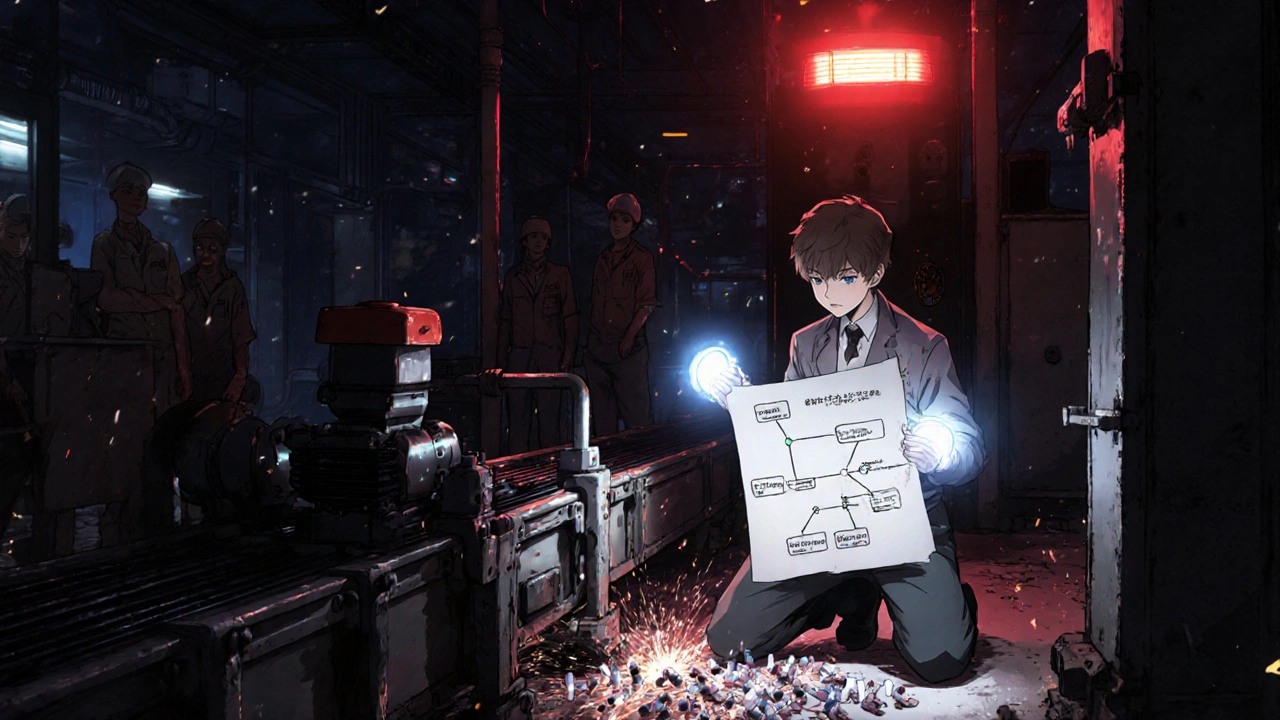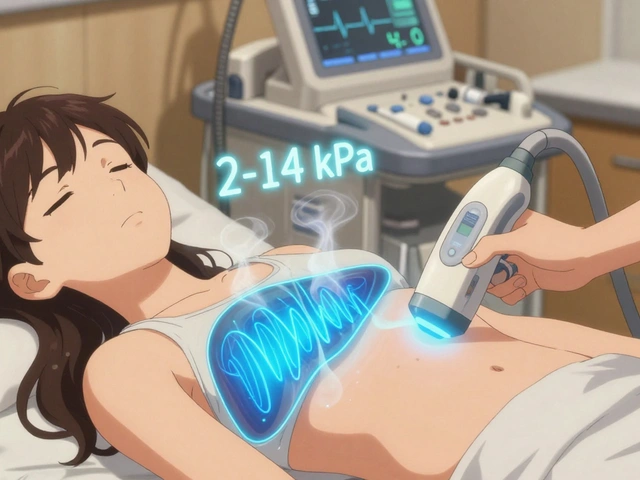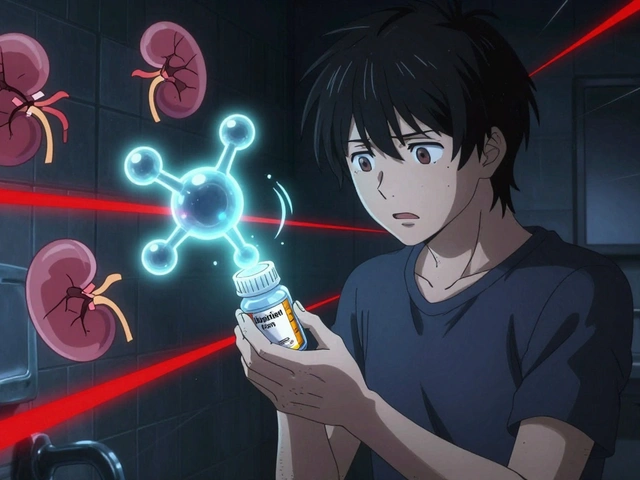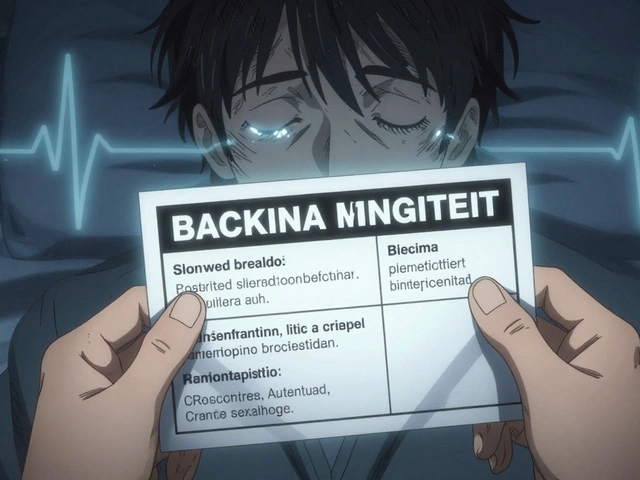Corrective Actions in Pharmaceuticals: What They Are and Why They Matter
When something goes wrong with a medicine—like a mislabeled bottle, a contaminated batch, or a side effect that wasn’t caught in trials—corrective actions, systematic steps taken to fix and prevent recurring problems in drug manufacturing and distribution. Also known as CAPA (Corrective and Preventive Actions), they’re the quiet backbone of every safe pill you take. These aren’t just paperwork. They’re the difference between a drug that saves lives and one that puts them at risk.
Every time a pharmacy recalls a batch, or a manufacturer changes its cleaning procedure after finding traces of another drug, that’s a corrective action, a targeted fix to eliminate a specific defect. But real safety comes from the preventive actions, changes made before a problem happens, like upgrading equipment or retraining staff. Together, they form the core of pharmaceutical regulation, the set of rules and oversight systems that ensure drugs are safe, effective, and consistently made. You won’t see them on the label, but you feel them every time a medication works as it should.
Global standards like the ICH guidelines, international rules created by health agencies and drug makers to unify quality and safety practices make sure these actions aren’t just local fixes—they’re consistent from the U.S. to India to Germany. That’s why a drug made in one country can be trusted in another. The posts you’ll find here cover real cases: how a single error in labeling led to a nationwide recall, how a new testing protocol stopped contamination before it reached patients, and how drug makers use data to predict and prevent failures before they happen.
Some of these stories involve medication compliance, how patients and providers follow rules for safe drug use, from storage to dosing. Others show how a lab’s mistake in a clinical trial triggered a full audit. These aren’t abstract concepts—they’re the daily work of people who keep the system running. If you’ve ever wondered why your prescription bottle has that exact label, or why your doctor asks about every supplement you take, it’s because of these hidden systems.
What you’ll find below isn’t theory. It’s real examples: how a generic drug maker fixed a contamination issue, how a hospital changed its IV prep process after a near-miss, and how regulators forced changes after a drug interaction went unnoticed for years. These are the stories behind the safety you expect. No fluff. No jargon. Just the facts that keep you protected—one corrected step at a time.

Corrective Actions: How Manufacturers Fix Quality Problems
Corrective actions in manufacturing go beyond fixing defects-they eliminate root causes to prevent recurrence. Learn how structured CAPA processes, backed by FDA and ISO standards, reduce defects, cut costs, and ensure compliance.
Continue Reading



